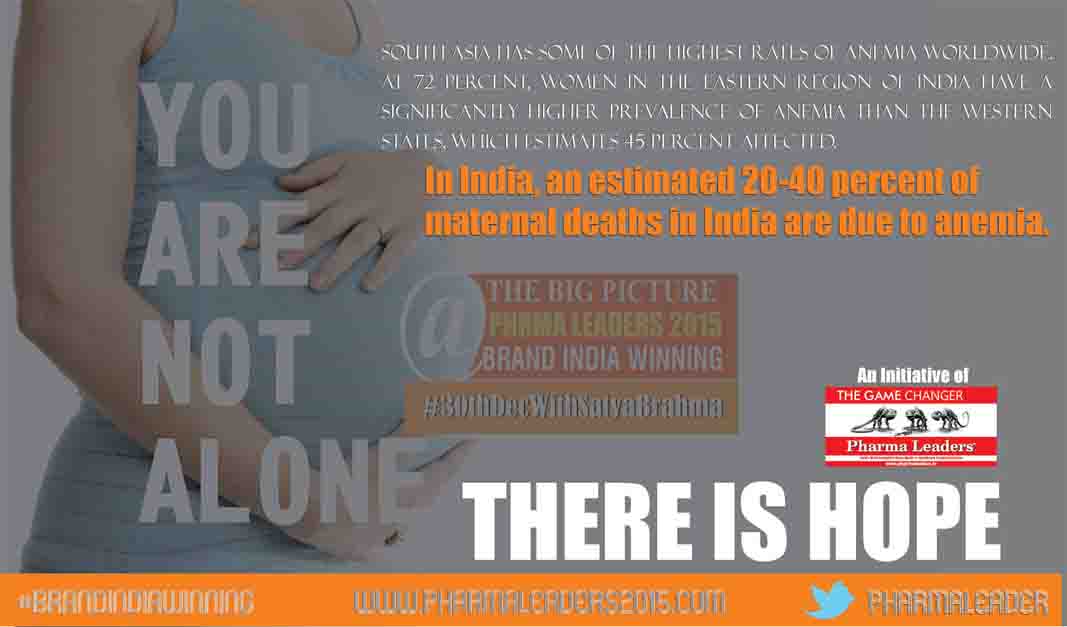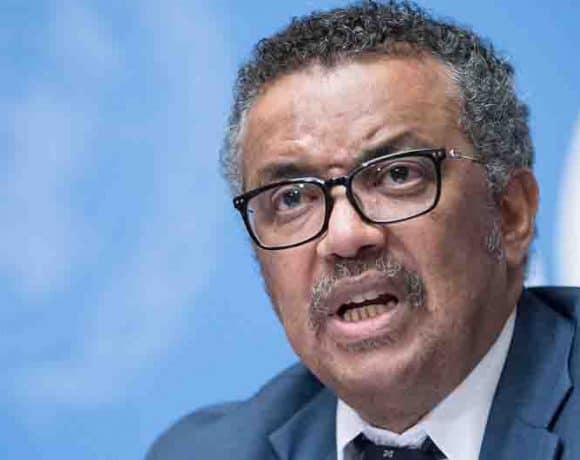

Twenty years ago, the talking points of U.S. policy were to ‘cap and eventually eliminate’ the subcontinent’s nuclear programmes. Now, to have the U.S. President at the Republic Day parade in 2015 while negotiators worked out ways to operationalise civil nuclear cooperation shows how far India-U.S. ties have progressed
Lisa Curtis
The rain during the Republic Day parade apart, United States President Barack Obama’s visit to India was a near-perfect one. Indeed, his sojourn is likely to be viewed as one of the most important and defining moments in the history of India-U.S. relations.
The pomp and symbolism of Mr. Obama being the first U.S. President to attend the parade was expected. But the substance of the visit, particularly its focus on defence and strategic cooperation, confirms that both Mr. Obama and Prime Minister Narendra Modi are serious about bolstering ties.
Progress on strategic agenda
The most significant achievement was the progress made in military and defence cooperation. The renewal of the 10-year framework for the U.S.-India Defence Relationship; the announcement of joint projects, including the co-production of unmanned aerial vehicles (UAVs) and specialised equipment for military transport aircraft; the establishment of contact groups to explore co-development of jet engine technology and aircraft carrier systems, and the decision to upgrade bilateral, annual naval exercises represent substantive steps that will deepen the defence partnership.
The establishment of a hotline between the two leaders and their national security advisers are also an indicator of the two countries taking ties to a deeper, strategic level.
“U.S. companies are apparently still studying the Indian proposal for a nuclear insurance pool to mitigate investment risks, so it may be too early to claim victory on the civil nuclear front.”
The forward movement on civil nuclear issues was a surprise, given the antagonistic position of the Bharatiya Janata Party (BJP) towards the civil nuclear deal when it was in the Opposition. But details on the “breakthrough understanding” are sparse. And Mr. Obama has himself acknowledged that U.S. companies will have the final say on whether India’s proposal for an insurance pool will be sufficient to mitigate investment risks in light of Indian legislation that holds suppliers liable for damages in the event of a nuclear accident. The companies are apparently still studying the proposal, so it may be too early to claim victory on the civil nuclear front.
Nonetheless, U.S. officials seem to appreciate the effort India’s negotiators are making in trying to resolve the civil nuclear deadlock. Many were sceptical that Mr. Modi would invest much political capital in trying to move the deal forward since it was initiated under the previous government headed by Dr. Manmohan Singh. The time and the attention the Indian side has devoted in trying to resolve differences over the nuclear liability issue shows that the Modi government is taking ownership of the deal.
China factor
Forming the backdrop of progress on India-U.S. defence and strategic ties is undoubtedly the military and economic rise of China. The Joint Statement’s call for freedom of navigation and overflight, especially in the South China Sea, should be viewed as a veiled reference to Chinese assertiveness in the region.
By demonstrating that China is very much on his mind, Mr. Modi has reportedly raised the idea of reviving the Quad (security collaboration between Australia, India, Japan and the U.S.). Shinzo Abe, during his previous stint as Prime Minister of Japan, proposed the idea of the Quad almost nine years ago. The four countries backed away from the proposal when China raised strong objections. Mr. Modi’s mention of the Quad may have been aimed at convincing China to back down from its assertive position with regard to their border disputes. Chinese President Xi Jinping’s visit to India in September 2014 was overshadowed by border tensions provoked by unusual movements of Chinese soldiers along the disputed frontier in northern Kashmir.
Incidentally, the Washington-based Heritage Foundation will join the Delhi-based Vivekananda International Foundation, the Australian Strategic Policy Institute, the Tokyo Foundation, and the Jakarta-based Habibie Center in Bali, Indonesia, next week for a Track II Quad-Plus dialogue to discuss ways to enhance cooperation in defence, regional security and counterterrorism.
China has reacted warily to Mr. Obama’s visit to India. In a commentary that ran in a state-owned Chinese newspaper, its author cautioned India not to fall into America’s “trap” of trying to counter China.
Counterterrorism cooperation
The two sides advanced their counterterrorism dialogue and recommitted to cooperating against Pakistan-based groups such as the Lashkar-e-Taiba (LeT). There is confusion about whether Pakistan is cracking down on the LeT front organisation, Jamaat-ud-Dawa (JuD), led by the LeT founder, Hafiz Mohammad Saeed.
The Pakistani media reported last week that Islamabad had frozen JuD assets and banned its leaders from international travel. But Hafiz Saeed’s recent announcement of the JuD launching a new ambulance service in Karachi, shows that the organisation is not feeling much heat from the government’s purported actions.
Washington should push Pakistan to try in the newly established military courts, the seven LeT members in Pakistani custody for their alleged involvement in the 2008 Mumbai attacks. Pakistan has set up these special military courts to overcome weaknesses in the civilian court system in dealing with terrorist cases. One major problem has been the ability of terrorists to intimidate civilian lawyers and judges in order to influence the system in their favour.
Washington has not adequately leveraged its aid and influence in Pakistan to convince the authorities to crack down on terrorist groups that focus on attacking India, but also pose an international threat. The U.S.’s increased willingness to work with India to target these groups is welcome, but not enough.
Until Washington makes clear that it places the threat from LeT on a par with that from al-Qaeda, Pakistani military and intelligence services will continue to allow the LeT and the JuD to operate relatively freely.
Women’s rights, religious freedom
On the final day of the visit, Mr. Obama’s speech, which focussed on women’s rights and religious freedom, was appropriate. The treatment of women in India has garnered a great deal of attention in the last couple of years, especially following wide media coverage after a brutal gang rape on a bus in New Delhi in December 2012 that left the young woman dead.
The issue of religious freedom has also come in the spotlight following reports of mass ceremonies where Muslims and Christians are being converted to Hinduism. Parliament was paralysed for several days last month when reports surfaced that a BJP leader planned to hold one of these ceremonies on Christmas Day (December 25). Eventually the group organising the event agreed to cancel it.
Amid the controversy, some BJP leaders have proposed passing a national anti-conversion law — legislation purportedly aimed at preventing forced conversions. But India’s religious minorities worry that such laws would be used to harass or intimidate them. There is also concern that allowing law enforcement or judicial authorities to determine whether a conversion has been forced or manipulated allows the state to intervene too heavily in religious matters that involve personal and ethical choices.
Mr. Modi has stayed away from communal politicking and has signalled that he is more interested in focussing on his economic agenda, rather than in pursuing Hindutva policies. He has taken steps to reach out to the Muslim community. For instance, during his first speech to Parliament last June, he said it was unacceptable that the Muslim minority often lagged behind the rest of the country in socio-economic terms.
But he needs to reaffirm his commitment to religious freedom and show that he is not beholden to those pushing a hardline Hindutva agenda. Failing to do so could harm the BJP government’s international reputation and dampen India-U.S. ties.
As a young diplomat heading to South Asia nearly 20 years ago, I remember being coached with very specific talking points on U.S. policy, which was to “cap, roll back, and eventually eliminate” the nuclear programmes of both India and Pakistan. To now see the U.S. President at a spectacular parade where India’s strategic weapons capabilities were on full display, while U.S. and Indian negotiators hashed out ways to operationalise civil nuclear cooperation, vividly illustrates just how far the relationship has progressed in recent years.
The Joint Statement released during the visit is notable for its length, spelling out several achievements in the relationship but also detailing the work that lies ahead. The India-U.S. collaboration that now stretches across a broad array of issues and the vision set forth by the two leaders shows that we are no longer striving for a strategic partnership. We have arrived at one.
(Lisa Curtis is Senior Research Fellow on South Asia at the Heritage Foundation.)



















